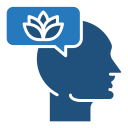Unwind with Body Scan Meditation for Relaxation
Chosen theme: Body Scan Meditation for Relaxation. Exhale the day, soften your shoulders, and step into a simple, science-backed practice that meets you exactly where you are. Today we’ll explore how a gentle sweep of attention through the body can dissolve tension, anchor calm, and invite genuine rest. If this resonates, subscribe for fresh guidance and weekly practices.
From Head to Toe Awareness
In a body scan, you gently move attention from the crown of your head to the tips of your toes, noticing sensations as they are. Tingling, warmth, tightness, or nothing at all—everything is welcome. This attentive sweep invites muscles to loosen and the nervous system to downshift into ease.
Origins in Mindfulness Traditions
Popularized in clinical mindfulness programs, the body scan echoes older contemplative traditions that train present-moment attention. It was widely shared through mindfulness-based stress reduction, helping everyday people cultivate nonjudgmental awareness and compassionate curiosity toward their own bodies during stress, discomfort, and ordinary routines.
Why It Works for Relaxation
Directing attention through the body reduces rumination by giving the mind a clear, kind job. As awareness deepens, muscles unclench, breath steadies, and the parasympathetic nervous system engages. The result is a felt sense of safety and rest, often accompanied by warmth, heaviness, and an easy, grounded quiet.

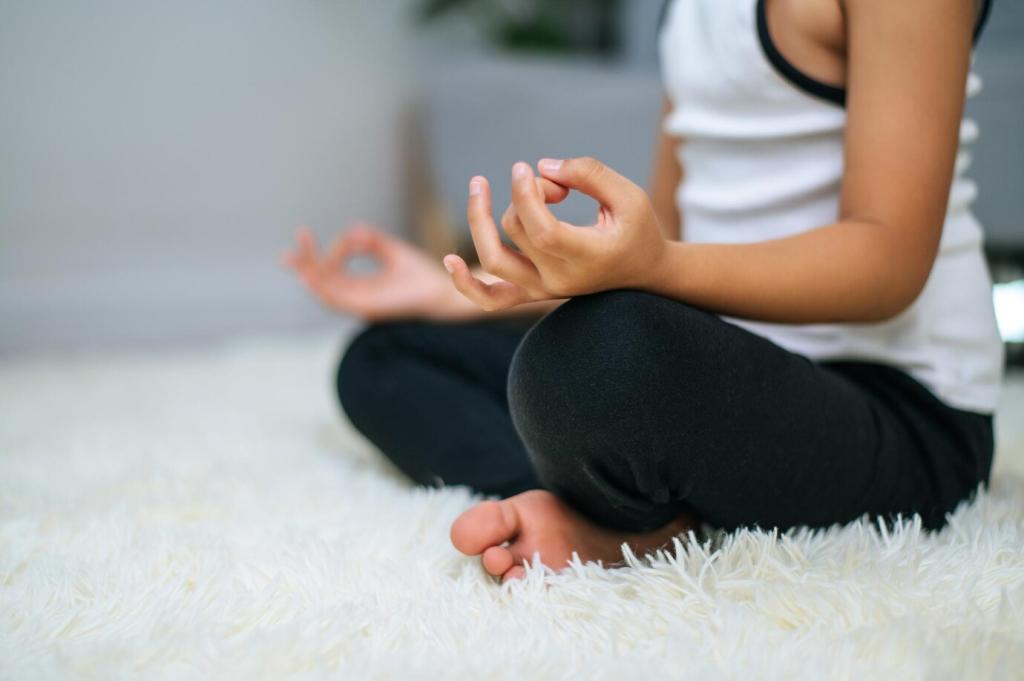
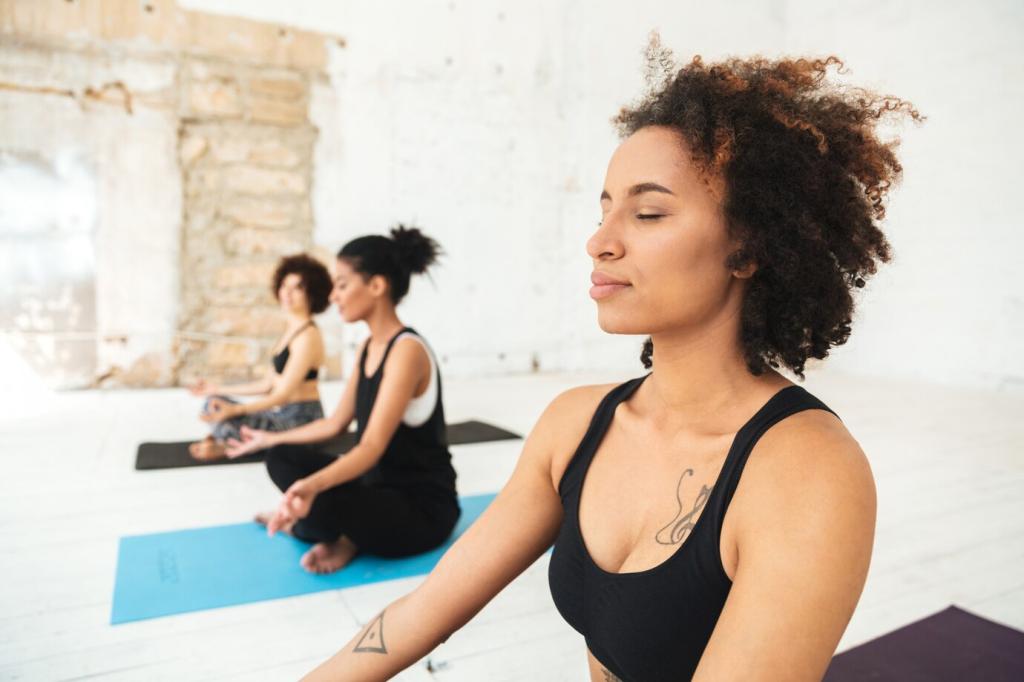
Preparing Your Space and Mind
Choose a quiet spot, dim the lights, and silence notifications. Lie down or sit supported with a cushion under your knees or lower back. A light blanket can signal safety and warmth. Consider soft ambient sounds, then let simplicity guide the rest of your setup for comfort and consistency.
Preparing Your Space and Mind
Relaxation is invited, not demanded. Some days feel spacious; others feel restless. Both are normal. Approach the body scan like a friendly check-in rather than a test. If thoughts wander, notice it kindly and return. Your steady, compassionate attention is what makes the practice truly restorative and sustainable.


A Guided 10-Minute Body Scan
Close your eyes or soften your gaze. Feel the rise and fall of your breath at the belly or chest. Invite the jaw to release and the shoulders to drop. Count three slow exhales, lengthening each one. Let each exhale be a quiet permission slip to arrive fully here, without urgency.
A Guided 10-Minute Body Scan
Begin at the crown, then forehead, eyes, cheeks, and jaw. Drift to neck, shoulders, arms, hands, and fingers. Move through chest, back, belly, hips, legs, and feet. Pause where sensations feel vivid or absent. Label gently: warm, cool, tight, neutral. Resist fixing—just notice, breathe, and allow soft unwinding.
Science and Benefits You Can Feel
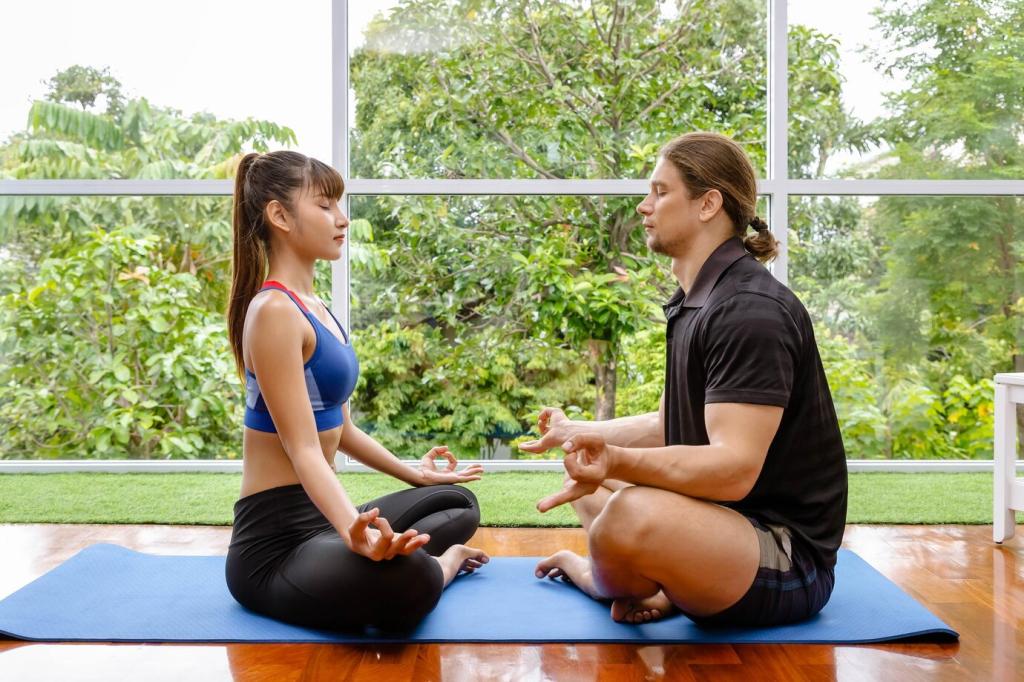
Stress Reduction and the Relaxation Response
By guiding attention to physical sensations, the body scan interrupts looping worry and activates the body’s relaxation response. Heart rate can settle, breath deepens, and cortisol levels may trend downward over time. The practice becomes a reliable, portable toolkit for meeting daily challenges with steadier presence and compassionate self-regulation.
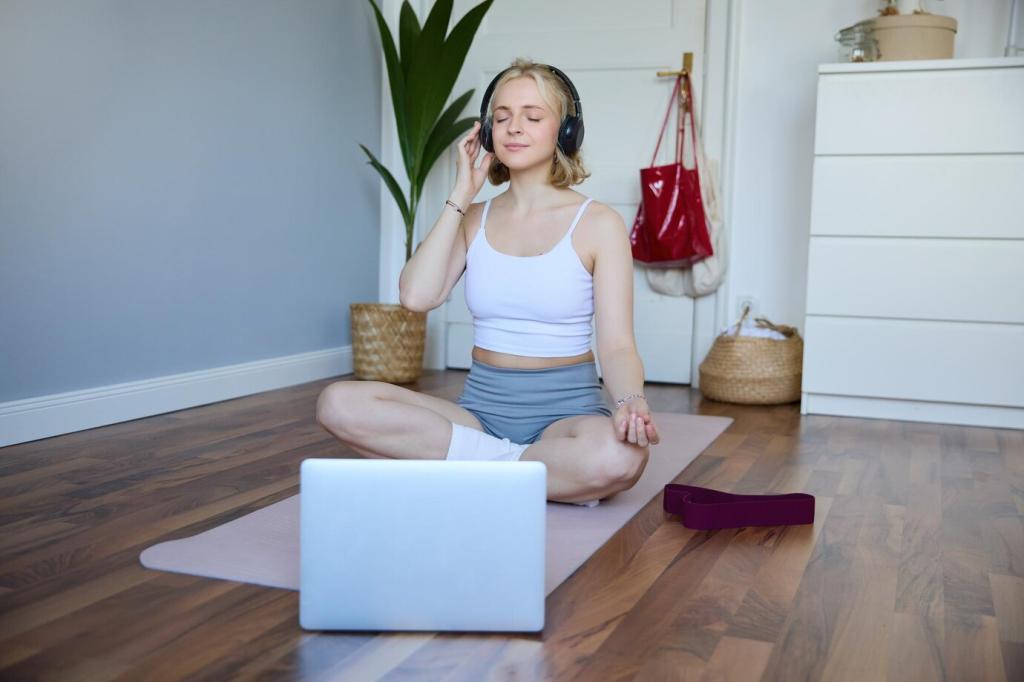
Better Sleep Through Body Awareness
A bedtime body scan helps transition from mental momentum to physical ease. As you notice heaviness, warmth, and slow breathing, the mind takes cues that it is safe to rest. Many find fewer awakenings and a smoother drift into sleep after several evenings of consistent, gentle practice without overeffort.
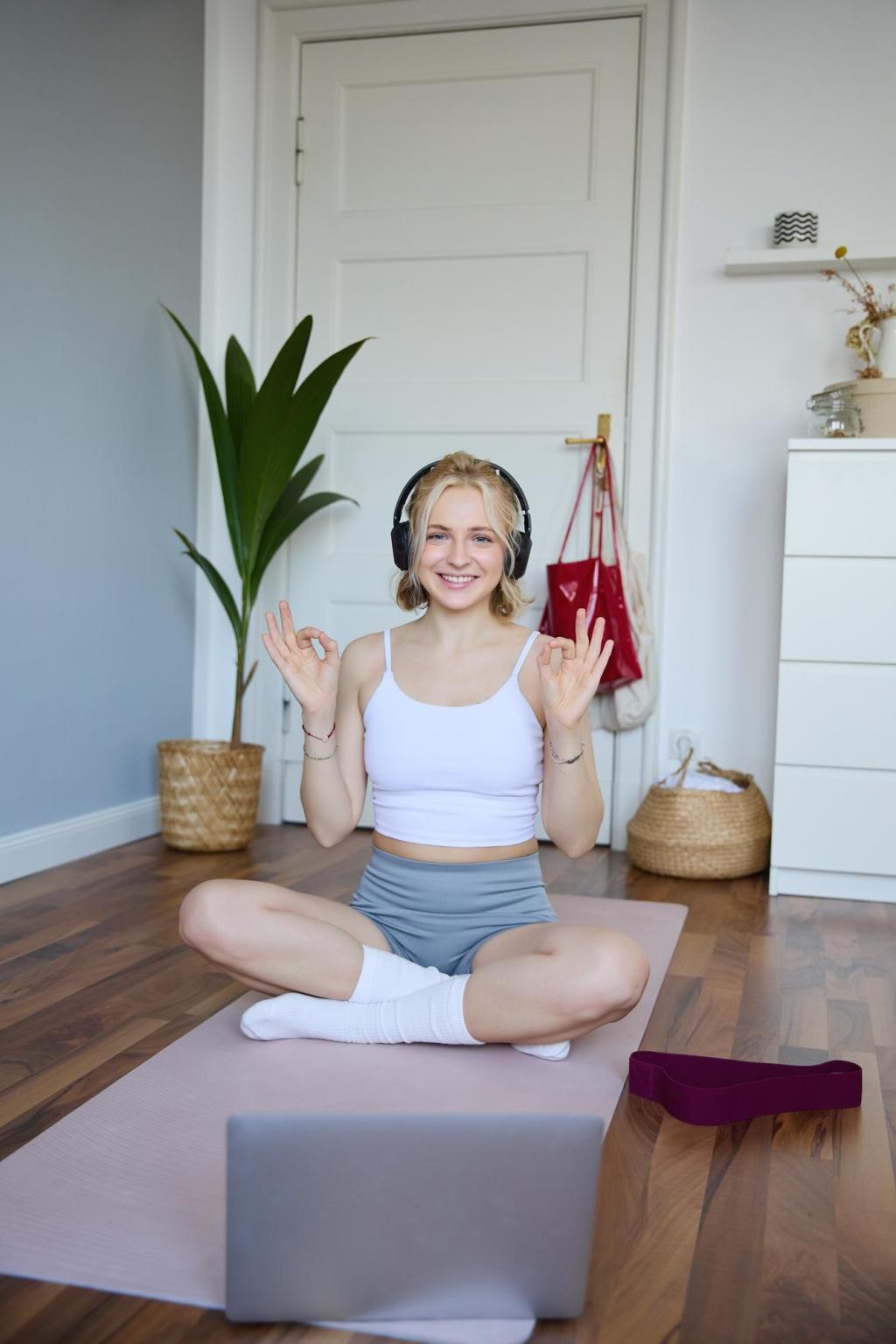
Pain and Tension Management
Rather than resisting discomfort, the body scan invites curious, measured attention. This shift reduces secondary tension and fear, which often amplifies pain. Over time, people report more nuance in sensation, better pacing, and practical choices—like stretching or pausing—before discomfort escalates. Share your observations to encourage others on this path.
Stories from the Mat
After a noisy train ride, Maya sat on the couch and ran a five-minute body scan from scalp to soles. By the time she reached her calves, the day’s static felt softer. She wrote one line in her journal: “Tension is information.” What brief practice helps you reset after travel?

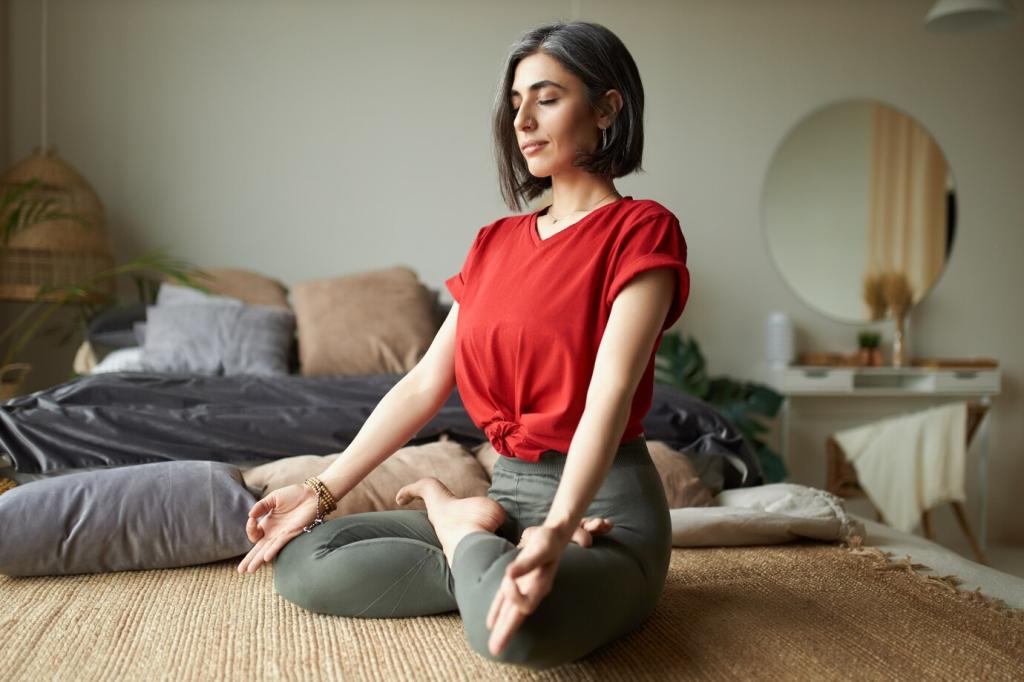
Stories from the Mat
Elias paused his painting when frustration tightened his shoulders. A short body scan revealed clenched jaw and shallow breathing. Three longer exhales and steady attention released the grip. The brush moved again, slower, surer. He later shared, “I didn’t push creativity; I cleared space for it to return naturally.”
